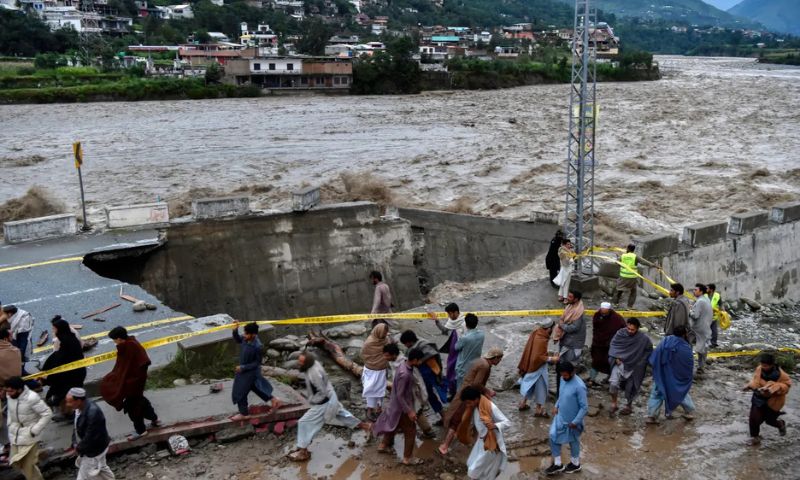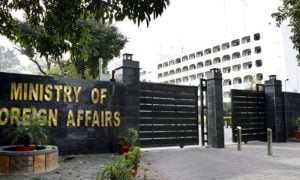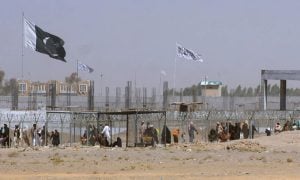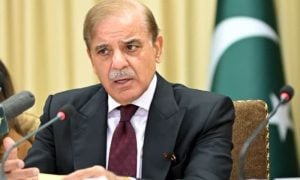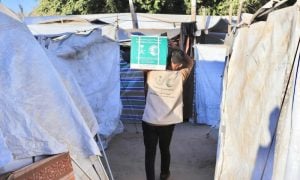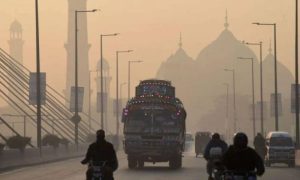KEY POINTS
- Pakistan’s monsoon death toll has surged to 802
- Khyber Pakhtunkhwa remains the worst-hit region
- Rivers Ravi, Sutlej, and Chenab overflow due to water release from India
- Massive flooding has submerged villages, destroyed infrastructure, and triggered evacuations
ISLAMABAD: The death toll from Pakistan’s monsoon rains has climbed to 802, with over 1,088 injured and nearly 7,500 houses damaged, according to the latest figures released by the National Disaster Management Authority (NDMA) on Tuesday.
Over 1,088 people have been injured and nearly 7,500 houses damaged as relentless rains and surging rivers wreak havoc across the country.
The hardest-hit region is Khyber Pakhtunkhwa, where 479 people have lost their lives, followed by Punjab (165), Gilgit-Baltistan (45), Sindh (57), Balochistan (24), AJK (24), and Islamabad (8).
The deceased include 480 men, 119 women, and 203 children, underscoring the widespread human tragedy.
Rivers swell, villages drown
The flood crisis escalated after India released massive water discharges into Pakistan’s river system, causing the Ravi, Sutlej, and Chenab to overflow.
At Head Marala, the Chenab’s inflow surged to 350,000 cusecs, while Sutlej at Ganda Singh Wala roared at 188,000 cusecs, reaching extremely high flood levels.
Breaches were reported in Narowal, Sialkot, and Shakargarh, where Nullah Dek and Basantar overflowed, severing road connections and submerging multiple villages.
In Zafarwal, the Hanjli Bridge collapsed, cutting off access to dozens of remote communities.
In Bahawalpur, floodwaters rushed across Khairpur Tamewali, damaging schools, crops, and homes.
Sialkot was hit by a record 335mm of rain in 24 hours, flooding streets and forcing residents to flee.
Rescue efforts and emergency
Despite the devastation, advance warnings and mass evacuations helped reduce casualties in many areas.
Over 174,000 people have been evacuated from the flooded districts of Punjab alone. Prime Minister Shehbaz Sharif, in a high-level meeting, directed authorities to speed up rescue operations and ensure timely delivery of food, tents, and medical aid.
In Shakargarh, rescue boats ferried stranded residents to safety. However, not all were spared. A roof collapse killed one woman and injured two children, adding to the list of tragic incidents.
Heart-wrenching scenes emerged from the mountains of Khyber Pakhtunkhwa.
In Chagharzai tehsil, 18 members of a single family were buried in a mass funeral after being carried off by floodwaters. In Shangla, nine members of another family perished, including three children.
Climate crisis
“This is not just a flood – it’s climate chaos,” PM Shehbaz Sharif said, reminding the nation of the $30 billion losses suffered during the 2022 floods.
He warned that Pakistan, with over 7,500 glaciers, faces dire consequences if global temperatures rise just two degrees—a scenario that could melt 65% of these glaciers in the next 50 years.
The NDMA chairman confirmed the eighth monsoon spell is due to begin tomorrow (August 29), with more heavy rain expected in Lahore, Gujranwala, Rawalpindi, AJK, and parts of Gilgit-Baltistan.
With rivers swelling, rains pouring, and families mourning, Pakistan finds itself once again battling nature’s wrath—underprepared, under-resourced, and dangerously exposed to the realities of a changing climate. The next 48 hours are critical.










